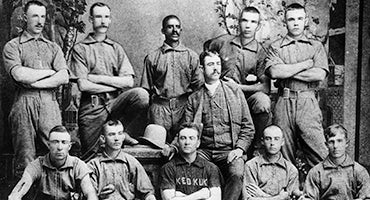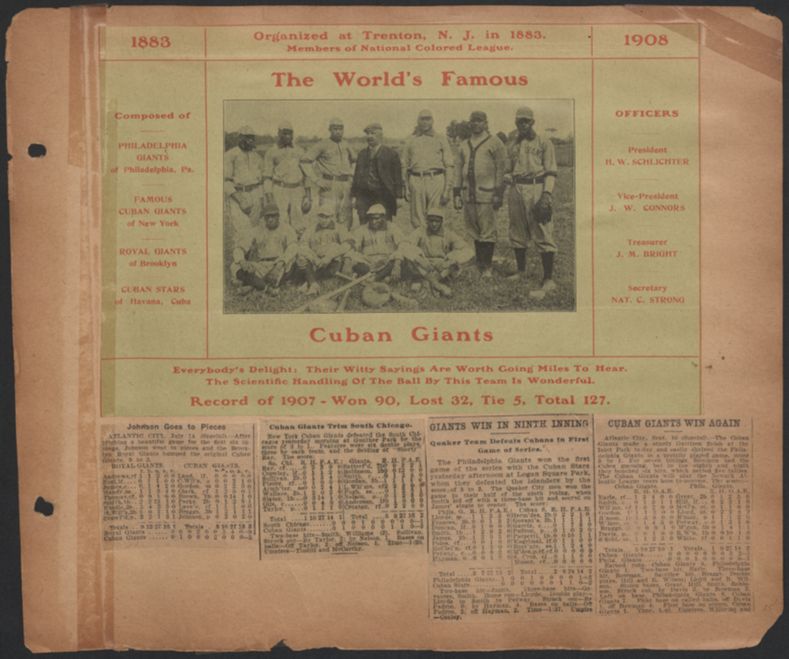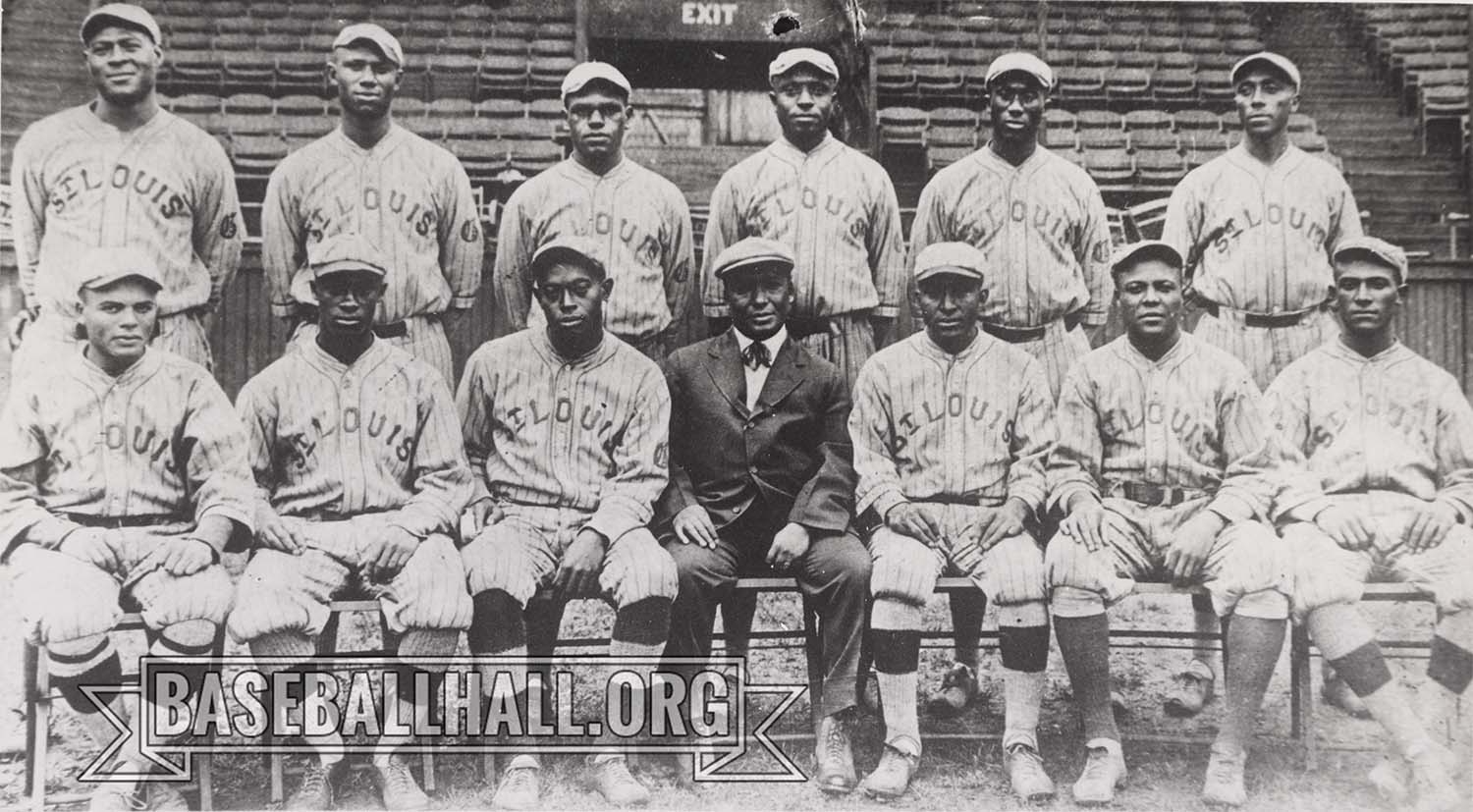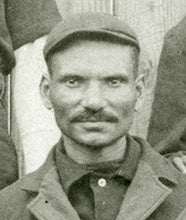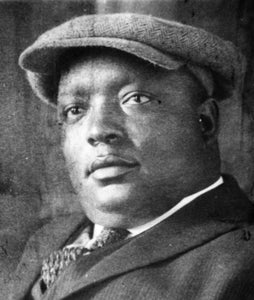- Home
- Our Stories
- #Shortstops: Heart and Sol
#Shortstops: Heart and Sol
In the summer of 1887, Sol White – just 19 years old – took the field with the Pittsburgh Keystones, one of the few Black teams to play in an organized league. Though the league didn’t last long, it marked the beginning of a career that would span decades and leave a permanent impact on the history of baseball.
White’s playing career took him everywhere from Cooperstown to Ohio and from the Cuban Giants to the integrated leagues of the Midwest. But his most enduring legacy began in 1902, when he co-founded the Philadelphia Giants, alongside white sportswriter Walter Schlichter. Together, they built one of the most notable Black teams of the time. In their inaugural season, the Philadelphia Giants compiled a record of 81-43-2, establishing themselves as contenders from day one.
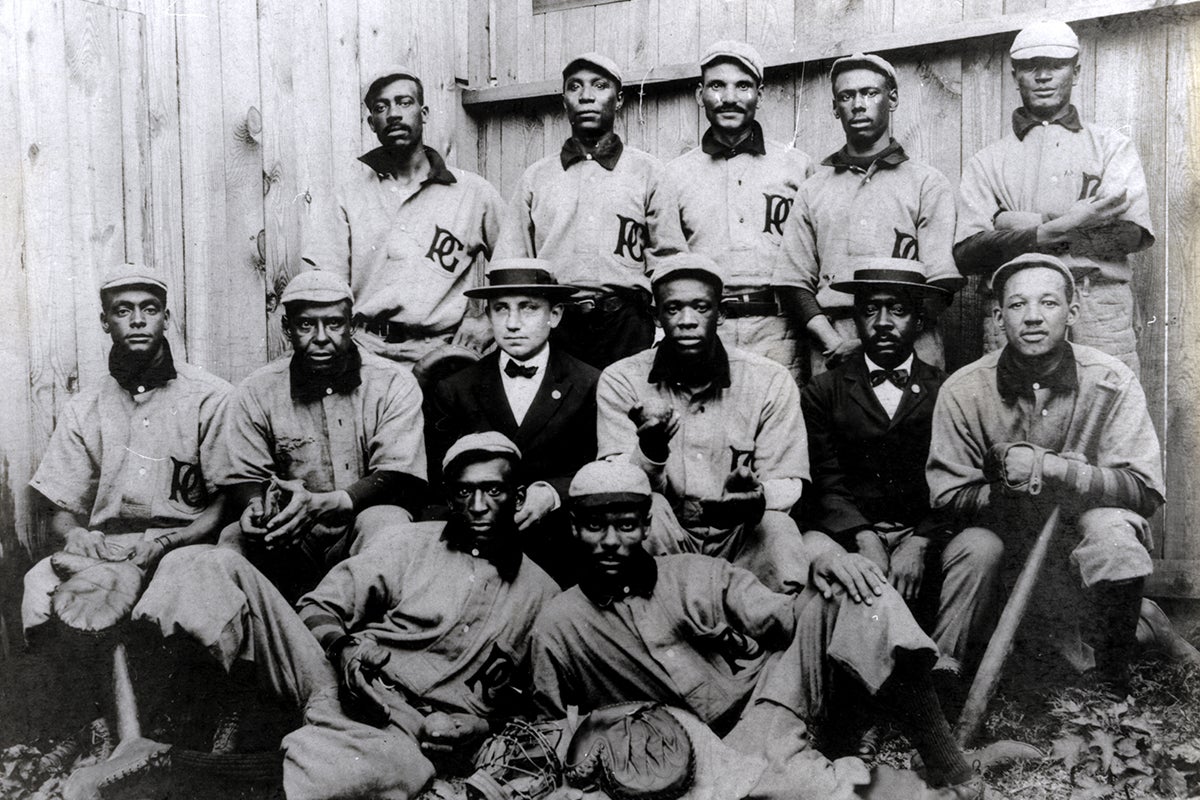
However, it didn’t come without adversity. They lost their star catcher Clarence Williams, a blow that nearly derailed their success. “The Philadelphia Giants could have gone quite smoothly through the season of 1902,” White later recalled, “had any player deserted the bunch other than Clarence Williams.” Recovery came in the form of veteran catcher Pete Burns, whose arrival, White noted, “had a wonderful effect on the Philadelphia Giants.”
By 1903, the team had also overcome adversity by taking an unprecedented step: Offering guaranteed contracts, with regular salaries and structured payments – something no other Black team had managed to do in consecutive seasons. This was about more than overcoming losses on the field; it was about overcoming inequality – something White championed for on and off the field.
The Giants improved to 89-37-4 that year but lost the Eastern championship to the Cuban X-Giants. White responded by recruiting the X-Giants’ ace pitcher, Rube Foster. With Foster, the Giants captured their first title, beginning a stretch of dominance in Black baseball. From 1904 to 1907, they won multiple Eastern championships, and in 1905, they posted a staggering 134-21-3 record, the best in their history.
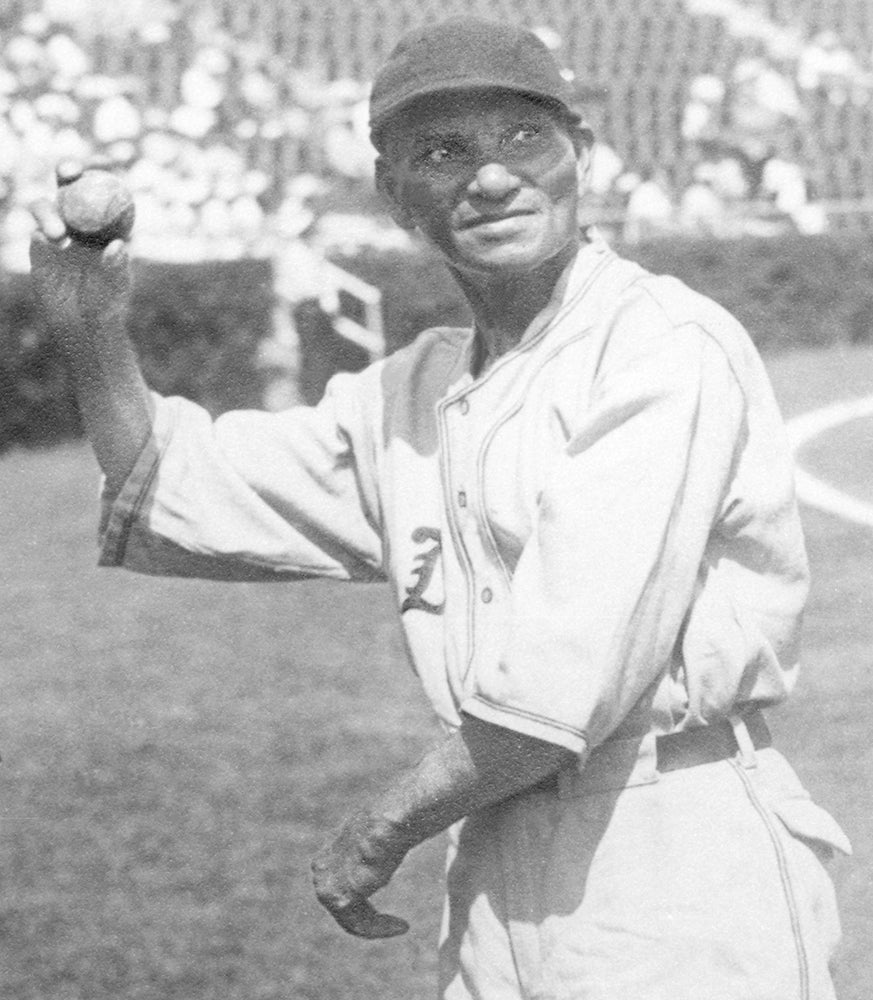
But it was the 1906 season that revealed the team’s true character. Plagued by injuries and illness, the Giants fought through challenges.
“A gamer gang of baseball players never stepped on a diamond,” White wrote in his 1907 book, “History of Colored Baseball” – a seminal book about the origins of Black baseball. “When the odds against them were the greatest, they seemed the more determined.”
By 1909, they captured another championship, but behind the scenes, tensions were growing. White and Schlichter had a falling out, and in 1910, White left the Giants. Many stars also left as they were recruited by the Lincoln Giants. Though a version of Giants existed into the 1910s, the golden era ended with White’s departure.
White himself continued to shape the game, serving as a manager, coach and executive in the newly formed Negro National League of the 1920s. When White passed in 1955, it went largely unnoticed. But history caught up. In 2006, he was inducted into the National Baseball Hall of Fame, recognized not only for his time as a player and manager but for his lasting contributions to Black baseball.
Grace Nelson was a 2025 programming intern in the Frank and Peggy Steele Internship Program for Leadership Development

